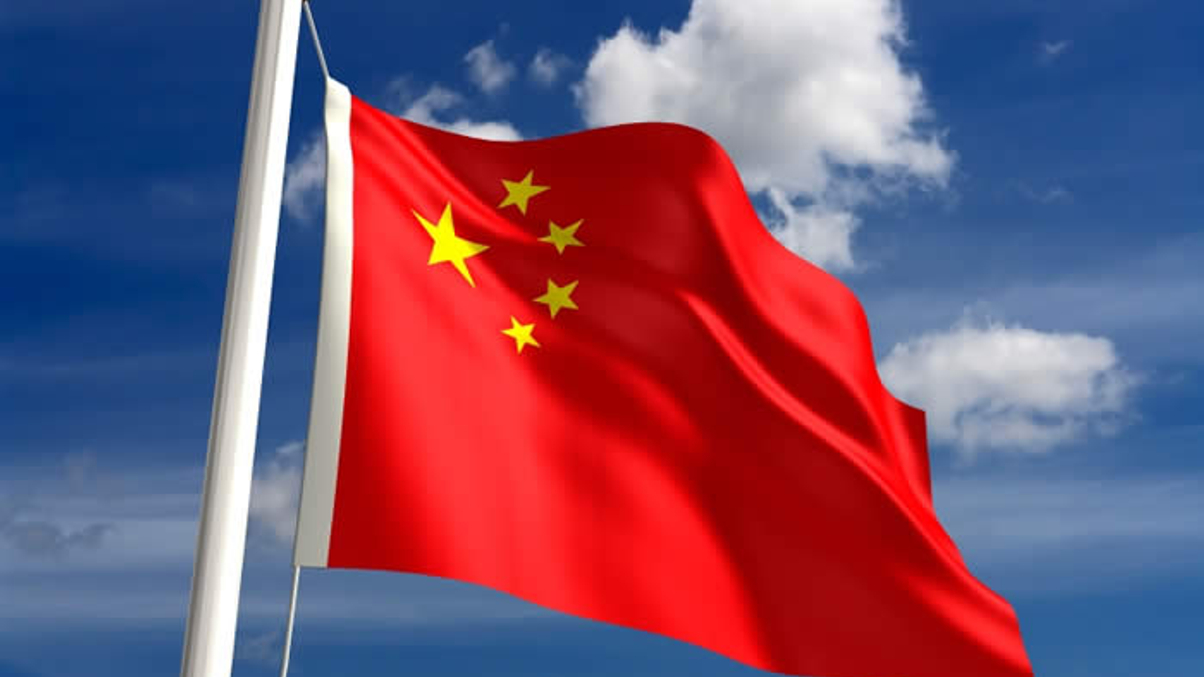Confidence wanes on cross-border schemes
Programmes including mutual recognition, Asean CIS, QFII, RQFII and Stock Connect appear to have fallen in favour, while ARFP, QDII, QDLP and QDIE have gained popularity.

Confidence in some of Asia’s fund passport and cross-border trading schemes has weakened, while others have risen in popularity, according to AsianInvestor and Clifford Chance’s 2016 annual asset management survey*.
Sign in to read on!
Registered users get 2 free articles in 30 days.
Subscribers have full unlimited access to AsianInvestor
Not signed up? New users get 2 free articles per month, plus a 7-day unlimited free trial.
¬ Haymarket Media Limited. All rights reserved.


